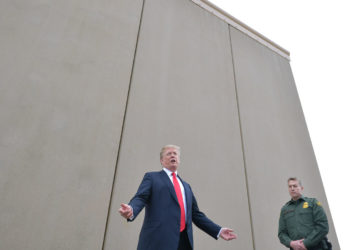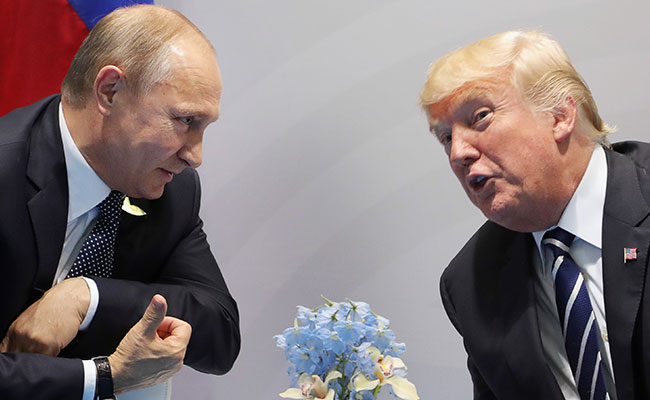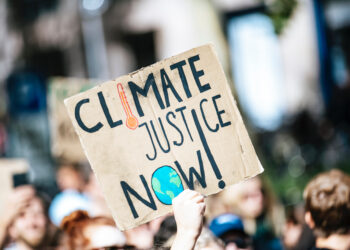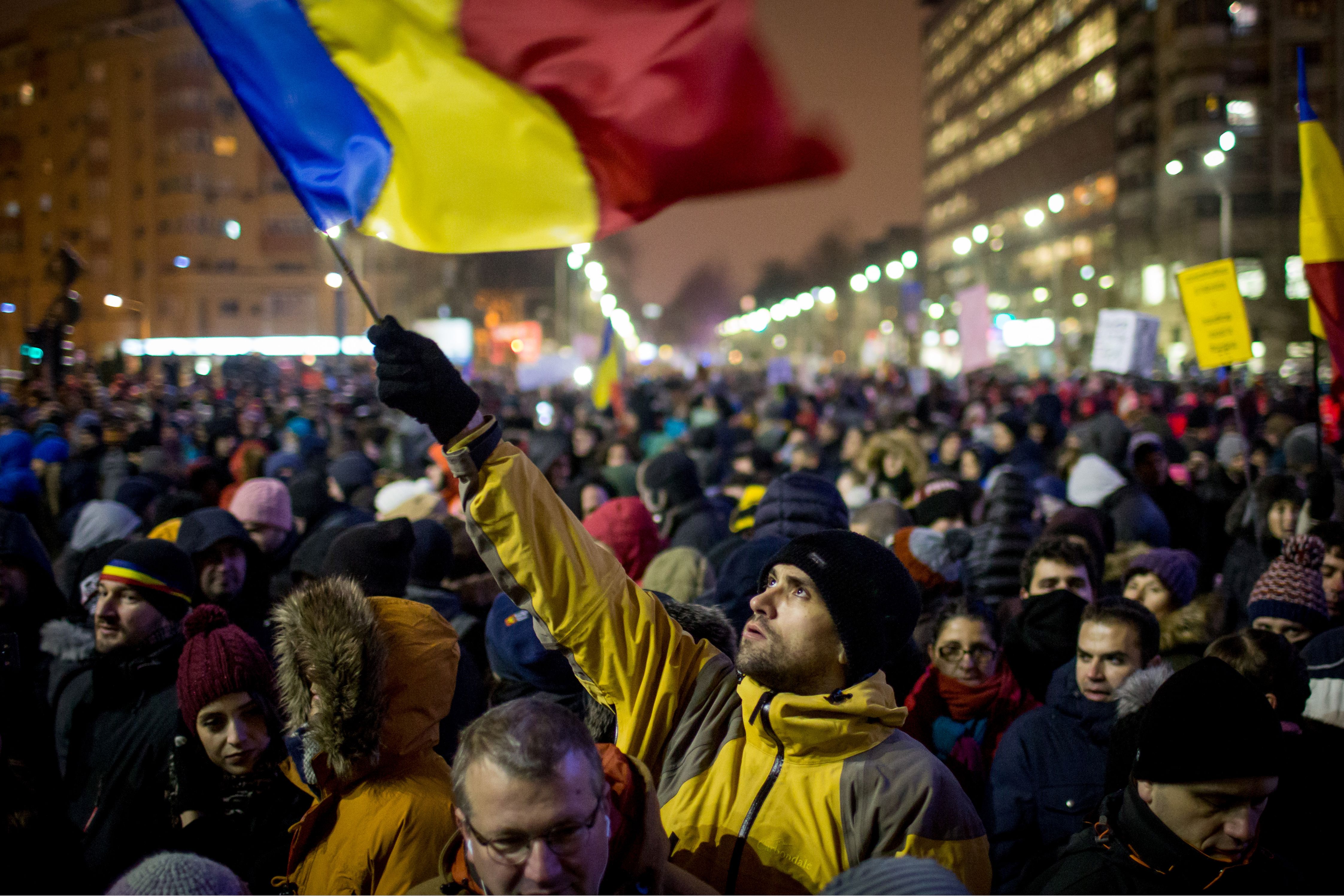We’ve been told that coronavirus is deadly, it spreads quickly, and that anyone can fall victim to it. But the truth of the matter is, viruses are never equal opportunity killers.
Coronavirus was first detected in China in December 2019. In just under two months, the virus has spread around the world, impacting thousands of people. On March 11, the World Health Organization officially labeled the highly contagious disease a pandemic, provoking travel bans, quarantines, and a global economic crisis.
Although there is a great deal of uncertainty surrounding coronavirus, two things are clear: the virus is far deadlier than your average flu, and it preys on those with relatively fewer resources.
Coronavirus’ Mortality Rate
Let’s walk through these one at a time. First, regarding mortality rates, I like hard numbers. They help us make sense of the world. And so here are a few numbers that help us level with the serious nature of COVID-19.
The seasonal flu kills less than 0.1 percent of those who get it. Per 1 million affected, that’s less than 1,000 deaths. The new coronavirus, on the other hand, kills just over 1 percent of those who get it. Per 1 million affected, that’s more than 10,000 deaths. That’s a mortality gap of 9,000 bodies for every 1 million people.
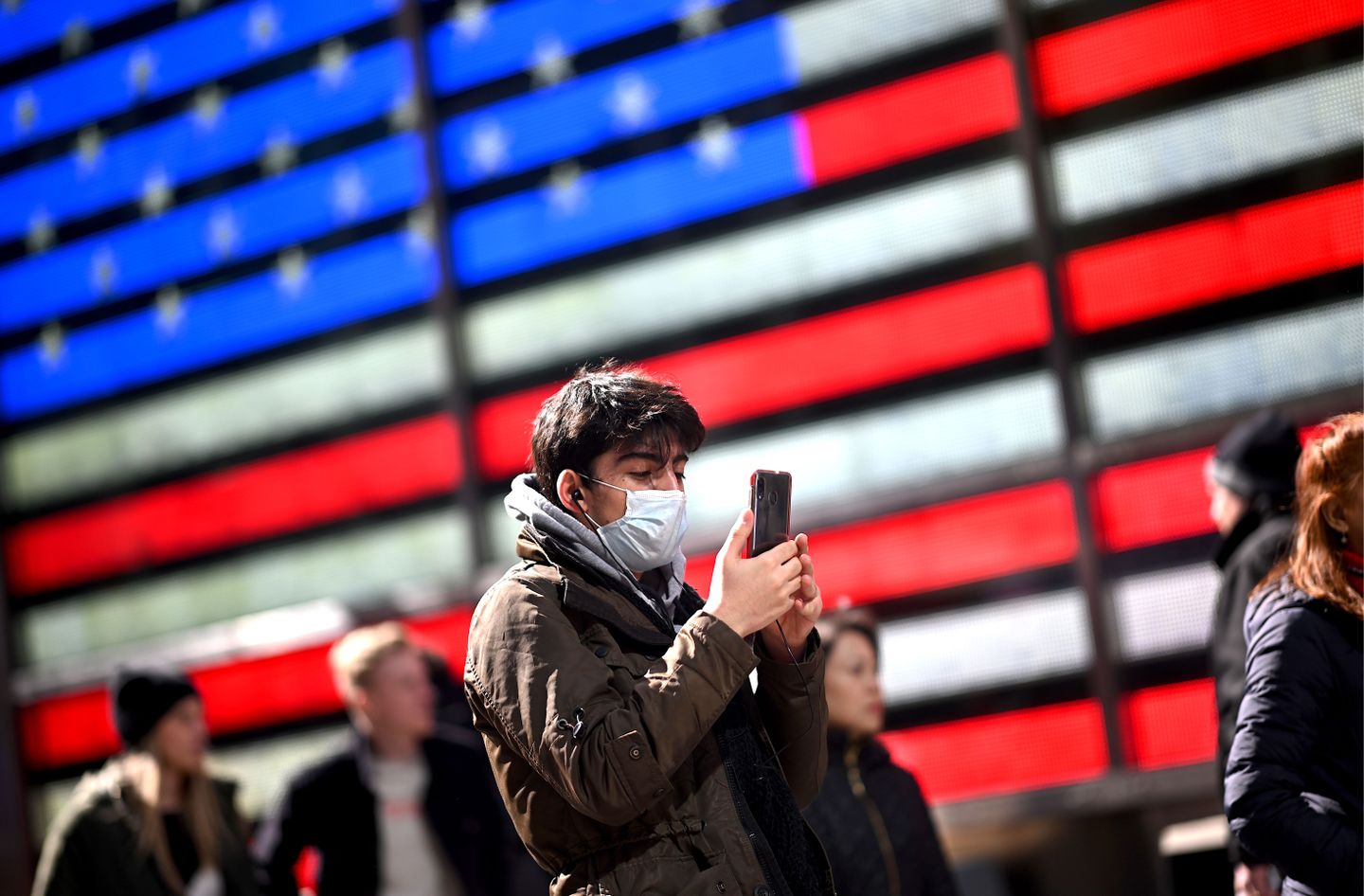
Now, there are roughly 8 billion people on earth. If everyone were to get COVID-19, around 80 million individuals would die. Obviously, not everyone will get the disease, but it has revealed itself to be much more contagious than the seasonal flu, and thus it could spread extremely rapidly if appropriate measures are not taken. That’s why world leaders have been so proactive in combatting the virus’ spread.
Coronavirus and Poverty
This brings us to the second point. COVID-19 will have a larger impact on people with relatively fewer resources. We keep hearing that coronavirus attacks people with weaker immune systems, but this is misleading because, in a highly unequal world, weak immune systems are typically a symptom of poverty.
COVID-19 will most affect those who have been historically oppressed. This is especially true in the United States, where social and economic disparities are particularly high between different racial and ethnic groups.
In 2016, per the Institute for Policy Studies, the median wealth for white families was $146,984, $6,591 for Latinos, and $3,557 for African Americas. Economic disparities parallel health gaps between groups. In the United States, 41 percent of Latinos, a quarter of African Americans, and 21 percent of Native Americans lack health insurance. And even when minorities have health insurance, they tend to pay higher rates.
Beyond lack of coverage, the exposure and severity of outbreaks such as coronavirus are more likely to affect lower-income communities in the U.S. – and around the world – because such communities use public transportation more frequently, live in closer proximity to others, and are prescribed antiviral drugs at lower rates.
As the University of Colorado’s Professor Glen Mays recently said, “It boils down to these communities being less protected, with fewer resources to be deployed to screen and identify a threat.”
Racial and Ethnic Health Disparities
In 2009, H1N1 or Swine Flu affected 60 million Americans, but with a mortality rate of 0.02 percent, only 12,500 Americans died. If coronavirus were to infect the same number of Americans, and the virus’ 1 percent mortality rate were to hold, 600,000 Americans would die.
Following the 2009 outbreak of H1N1, researchers found that response teams did not take into account the degree to which racial and ethnic health disparities placed certain segments of our population at higher risk of exposure. This helps explain why minorities were at a far greater risk of exposure to H1N1 than non-minorities. These disparities may be worse with COVID-19 because racial inequalities in the U.S. have increased since 2009.
These cruel facts reflect how social and economic inequalities intersect with pandemics. At the end of the day, the unequal impact of coronavirus will be a reminder of our need as a society to create social institutions that support the equal opportunity of everyone, not merely those who have been blessed by history with wealth, prosperity, and privilege.
Disclaimer: The views and opinions expressed here are those of the author and do not necessarily reflect the editorial position of The Globe Post.


